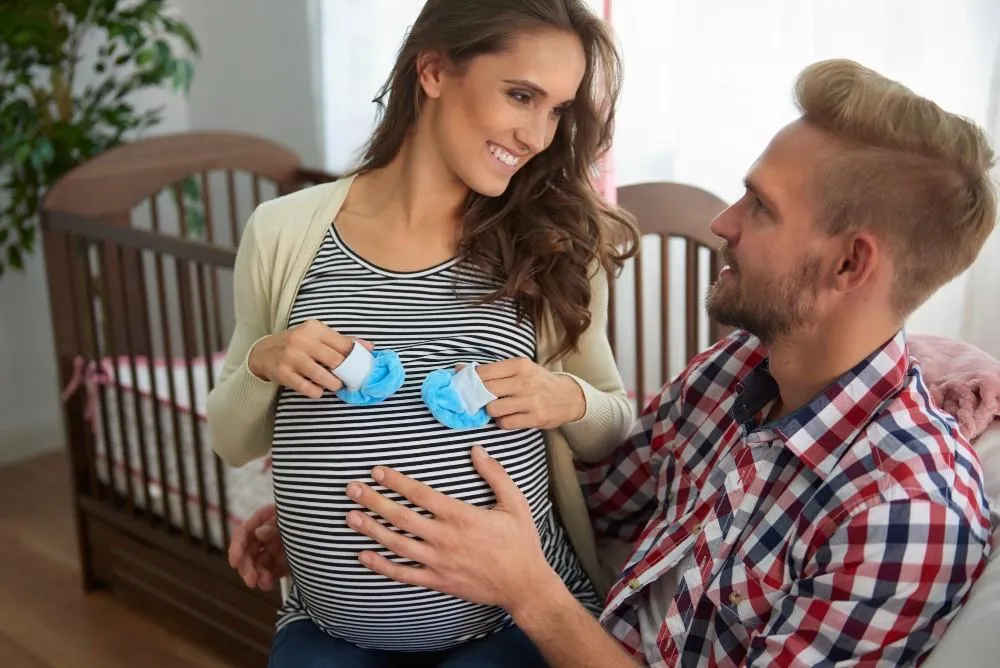Head lice are common problem among children and women with long hair. Lice are very small wingless parasites that inhabit human hair and scalp, and feed human blood drawn from the scalp. It is transmittable from one person to another by direct contact with the hair or hair objects like caps, scarves and combs etc. of an infected person. The parasite is biologically known as pediculus humanus captis.
Head lice are not dangerous or pose any health risk as such, but it is contagious and cause lot of itching, irritation and inflammation. If aggravated, it may lead to bacterial infection characterized by redness or tenderness of the skin, pus-filled boils and swollen lymph glands.
Head lice transmission
More than a health risk, head lice causes social embarrassment. Generally found behind the ears and near the neckline at the back of the neck, head lice are transmitted by the following objects:
- Items of clothing like helmets, hats, caps and scarves
- Hair care accessories like combs, brushes, towels
- Other objects of daily use like pillows, beds, carpets and stuffed toys
Treatment for Head lice
Head lice are treated using standard medical solutions including:
- Home care, over-the-counter (OTC) and prescription drugs.
- Medication used to treat head lice are known as pediculicides which paralyzes and kills the lice.
- Home care involves regular washing and shampooing as well as using fine-tooth combs (known as nit combs) to remove the lice from hair. OTC drugs like premethrin, pyrethrins and piperonyl butoxide are used,
- while prescription drugs like malathion, benzyl alcohol, spinozad, ivermectin and lindane are used for severe cases of head lice.
- Most of the drugs are used in the form of topical preparations like shampoos, lotion and crème rinse which have to be applied to the affected areas, left on for several minutes and then rinsed off.
- Antihistamines and antibiotics are also given to treat inflammation, itching and bacterial infection.
Image Source: mumazine

Reviewed by







